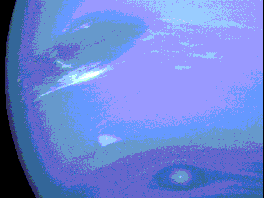This is an image of the "scooter".
Click on image for full size
NASA
Neptune's "Scooter"
One of the many cloud patterns of Neptune is the "scooter" which was discovered by Voyager in 1989.
In this image, the Great Dark Spot is found in the upper left of the image, and just below the Spot is a patch of white clouds which are found with the Spot. Below this patch of white clouds, is a triangular patch of clouds in the lower middle portion of the picture. This patch is known as "the scooter".
The scooter is probably a patch of clouds known as "cirrus clouds". The patch is called "the scooter" because they circle the planet very fast, faster than the Great Dark Spot.
The patch of clouds to the bottom right of this image is known as the small dark spot.
You might also be interested in:
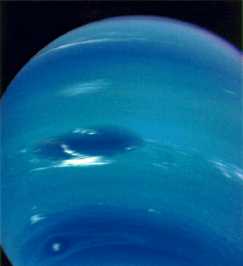
Like Jupiter and all the giant planets, Neptune's appearance shows a striped pattern of clouds. Other cloud shapes seen over time include a small dark spot, the "scooter" and the Great Dark Spot. The Great
...more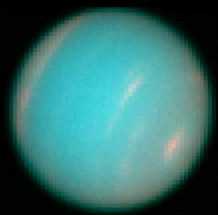
This image shows the new Great Dark Spot of Neptune, which was discovered using the Hubble Space Telescope. The image shown here, shows a "hole" in the clouds of Neptune in pink, in the northern hemisphere,
...more
The giant planets have definitely changed since their formation. But how much remains to be seen. Most of the original air of the giant planets remains in place. (The earth-like planets lost most of their
...more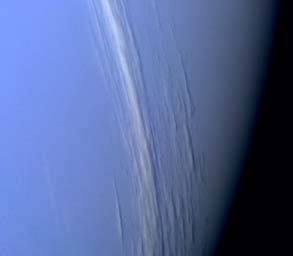
This image shows some clouds known as "cirrus" clouds, extending for many kilometers across the face of Neptune. These clouds are very high up, for they can be seen to cast shadows on the lower clouds,
...more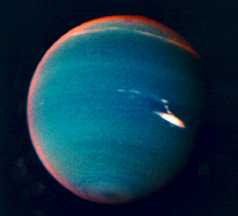
This image of Neptune uses false colors to show where the smog is. The smog of Neptune can be seen in red along the edge of the image. These hazes of smog are found at very high altitudes, over the clouds
...more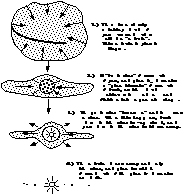
Scientists think that the solar system formed out of a spinning cloud of hydrogen and helium gas. Because the cloud was spinning, it flattened into a frisbee shape, just like a ball of pizza dough becomes
...more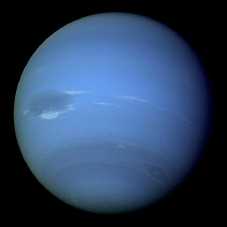
If you had a quiz question in school that asked what year Neptune was discovered, you'd probably choose 1846. But Neptune wasn't discovered the way all the other planets in our solar system were. Astronomers
...more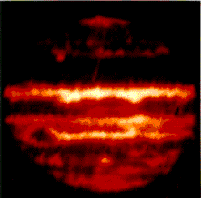
The picture shows places on Jupiter which are hot. Jupiter is a very warm body in space, as shown in the picture, and this warmth is associated with the energy of Jupiter. Neptune has also been found to
...more


